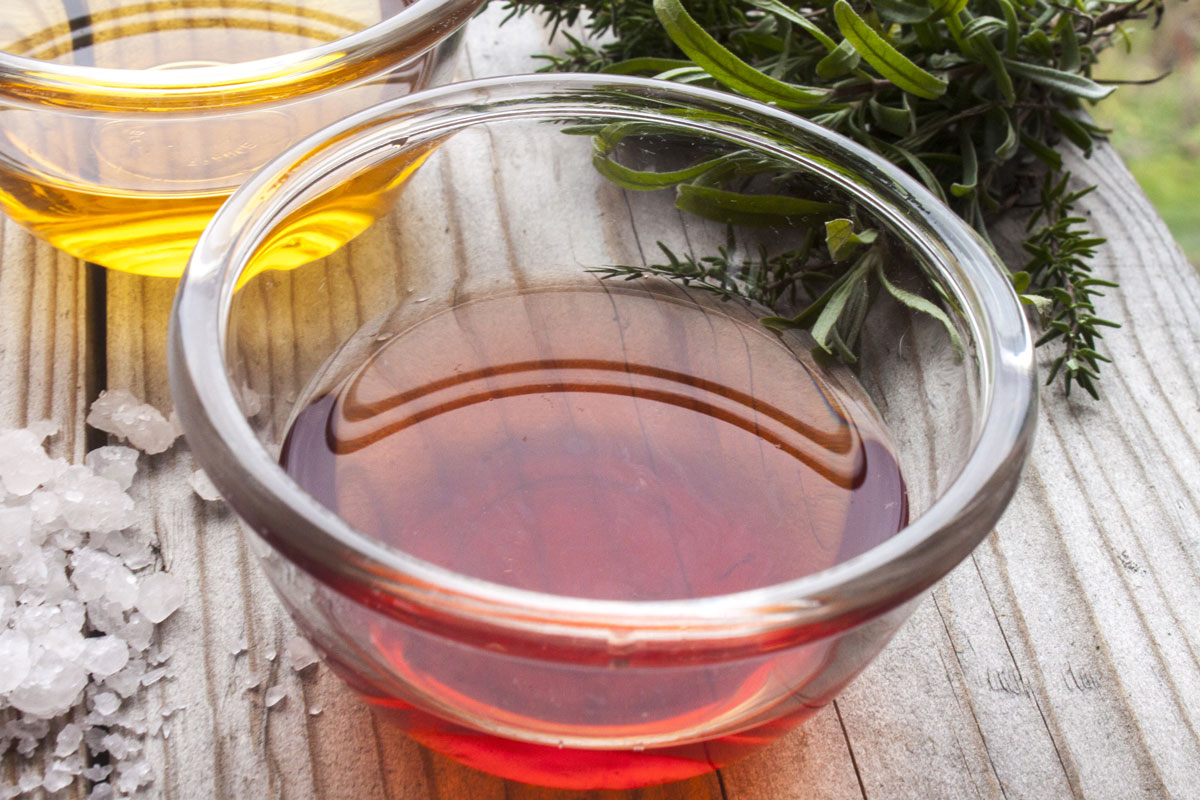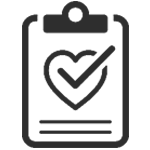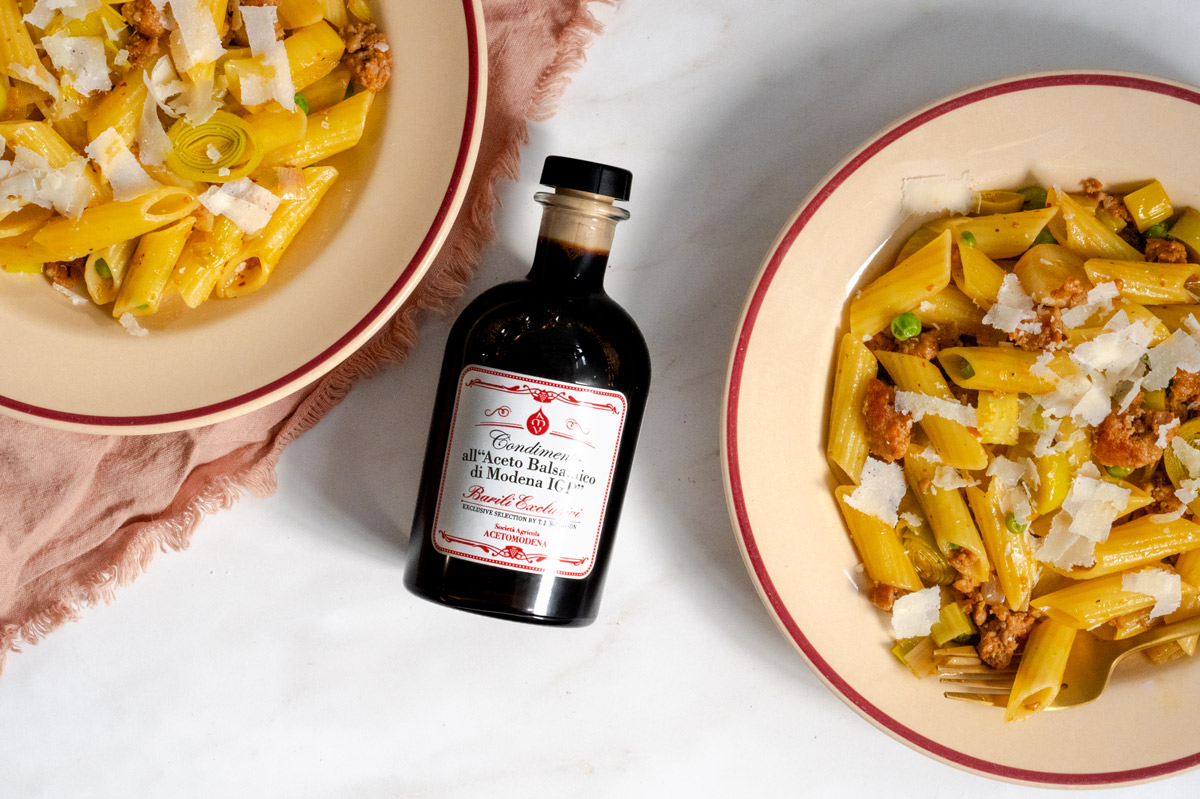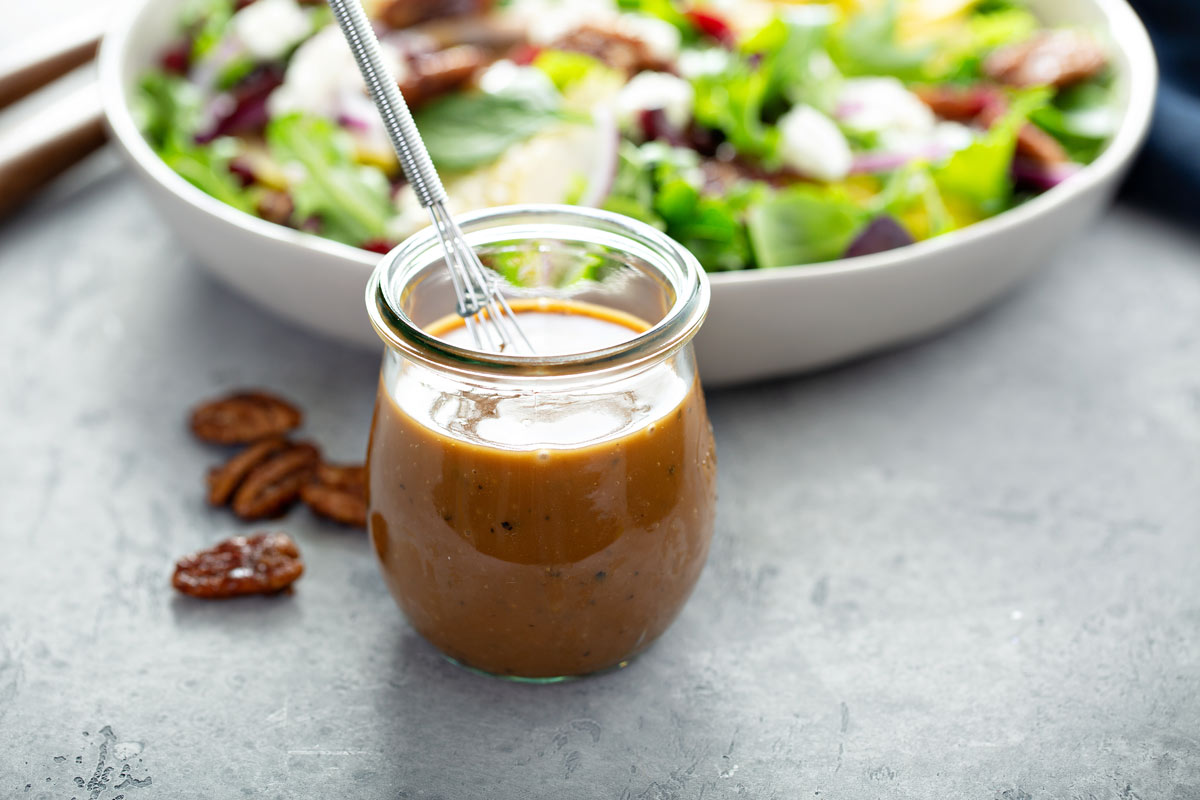Very Berry Muffins Recipe, and The Power of a Polyphenol: Exciting Developments Show Extra Virgin Olive Oil’s Role as a Functional Food
As your Olive Oil Hunter, I travel the globe to find the most flavorful extra virgin olive oils, often described as one-, two-, or even three-cough oils because of the reaction elicited by their pepperiness. Turns out this pepperiness isn’t just an indicator of great taste—it’s also a sign that you’ll get all the benefits of the olive oil. The cough is caused by the oil’s special polyphenols, and those polyphenols are exactly where most of its benefits come from. Want a delicious way to get your fill? Try these scrumptious muffins—so good they can double as dessert—and then read about the one polyphenol in particular that’s getting researchers’ attention.
Very Berry Muffins
 Very Berry Muffins
Very Berry MuffinsThese extra-moist muffins provide a blueberry explosion in every bite. You won’t have to hunt for the fruit because tossing the berries in a small amount of flour keeps them from sinking to the bottom.
Ingredients
- 3 heaping cups blueberries, rinsed and patted dry
- ½ cup plus 1 tablespoon white whole wheat flour
- 1 cup all-purpose or pastry flour
- 2-½ teaspoons baking powder
- 1 teaspoon baking soda
- 1 teaspoon kosher salt
- 3/4 cup cottage cheese
- 1/4 cup sour cream
- 1/2 cup Greek yogurt
- 3 large eggs
- 1 scant cup sugar
- 3/4 cup extra virgin olive oil
- 1 tablespoon vanilla paste or extract
Directions
Step 1
Preheat your oven to 350°F. Lightly coat a 12-muffin tin with nonstick cooking spray or a small amount of olive oil.
Step 2
Toss the blueberries with the tablespoon of white whole wheat flour and set aside. Mix the rest of the dry ingredients in a bowl.
Step 3
In a second, larger bowl, whisk the cottage cheese, sour cream, and yogurt until smooth, then whisk in the eggs and sugar and, when blended, the oil and vanilla.
Step 4
Fold in the flour mixture and then the blueberries. Use a large ice cream scoop to fill the muffin cups, mounding the batter in the center. (The batter will completely fill the cups.)
Step 5
Bake for about 45 minutes, until the tip of a knife inserted in the center of two or three muffins doesn’t show any raw batter—there may be some blueberry on it. Let the muffins cool for about 15 minutes before eating.
Yields 12 large muffins
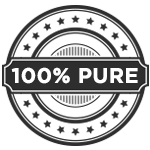
For Your Best Health
The Power of a Polyphenol
Extra virgin olive oil gets high marks for its healthy fats called monounsaturated fatty acids, or MUFAs. But research is showing that one of EVOO’s greatest gifts to health is likely a polyphenol that most of us would have a hard time nailing at a spelling bee: oleocanthal. Olive oil contains about 36 different healthful phenolic compounds in all, yet together with other secondary plant metabolites, these make up just 2 percent of its total weight—another example of good things coming in small packages!
Though people have been enjoying olive oil for thousands of years, oleocanthal wasn’t identified as a phenolic compound in EVOO until the early ’90s when it went by the even-harder-to-spell decarboxymethyl ligstroside aglycone, according to a review of its beneficial effects on inflammatory disease published in 2014 in the International Journal of Molecular Sciences. And it wasn’t until the ’00s that a group of scientists pinpointed it as the sole source of the peppery sensation you get from high-quality EVOO. They appropriately renamed it oleocanthal—oleo for olive, canth for sting, and al for aldehyde.
You already know that hundreds of studies have been done on the Mediterranean diet with olive oil as its heart. A new review, “The Mediterranean Diet: An Update of the Clinical Trials,” which was published in 2022 in the journal Nutrients, summed up the main findings very well: A detailed analysis of 32 observational studies revealed that olive oil consumption “decreased the risk of stroke, CHD, and diabetes and improved some metabolic and inflammatory biomarkers.” What the report also detailed is that EVOO’s phenolic compounds help fight disease by fighting inflammation and boosting the immune system.
Recently, more and more studies have been looking at the benefits of olive oil derived from oleocanthal in particular because, as the Nutrients’ report states, it helps inhibit the activity of COX1 and 2, key enzymes that drive the inflammatory process. With inflammation being the starting point of many health conditions, limiting levels in the body is important.
Here are some of the clinical trials the report homed in on to show oleocanthal’s potential:
One small study looked at whether following a high-quality extra virgin olive oil or HQ-EVOO- enriched MedDiet could lower inflammation in overweight or obese people—excess weight is an inflammatory condition that stresses the body. The researchers put two groups of people, one overweight or obese and the other of normal weight, on the diet for three months. Interestingly, both groups showed benefits at the end of the study—lower inflammation and oxidative stress and better gut microbiota composition “mainly related to the diet’s anti-inflammatory and antioxidant properties.” This finding opens the door to doing larger studies to pinpoint diet-related interventions to reduce inflammation and oxidative stress in people above a healthy weight. The report also concluded that, based on this and similar clinical trials, “strict and long-lasting adherence to a MedDiet seems to be essential for its interventional improvements.”
Other clinical trials hint at a better understanding of oleocanthal’s potential anti-cancer properties and the role it could play, within the larger context of nutrition, in terms of both preventing and managing cancer. One small study involving people with chronic lymphocytic leukemia, or CLL, a blood cancer, found evidence of the beneficial effects of EVOO with high levels of oleocanthal (OL) and another polyphenol, oleacein (OC). As the report stated, “The authors specified that this was a pilot study mainly focused on the tolerability of the intervention with high OC/OL EVOO,” meaning simply whether people with CLL could follow such a diet without ill effects. What the researchers found went beyond that: Their preliminary “data revealed a beneficial effect of high OC/OL EVOO on hematological [blood] and biochemical markers.”
Small clinical trials like these are very promising, but the report’s authors caution that, as with all small trials, they need to be repeated with much larger groups of people to confirm findings. Still, these are exciting developments that show extra virgin olive oil’s role as a functional food in addition to its wonderful taste.
Get More Recipes In Your Inbox!

